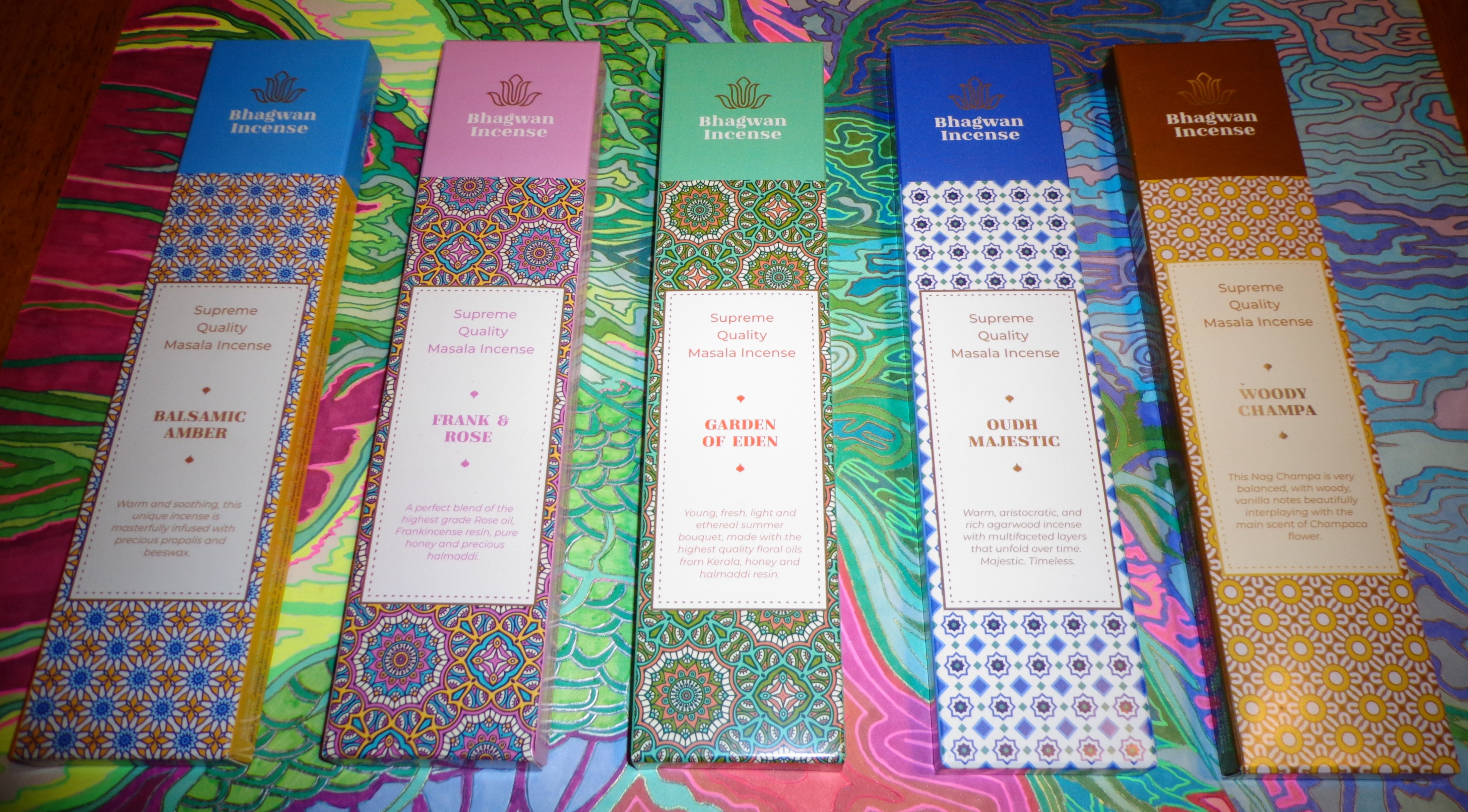 Bhagwan Incense is a relatively new incense company operating out of the EEU by Ukranian Eugene Andruschenko out of Paris, France and Bucharest, Romania. Bhagwan Incense is a label that fronts several Indian exports including both the familiar and the unfamiliar, in extremely beautiful packaging with mandala, paisley and other patterning that should be smart and attractive at the get-go. Also, Bhagwan “…do not sell coal-based, synthetic or perfume-dipped incense, only premium masala incense made using pure halmaddi, sandalwood powder, natural oils and attars (oils) produced with age-old methods for perfume distillation.” So in this sense they sell the sorts of incenses that will be of interest to ORS readers.
Bhagwan Incense is a relatively new incense company operating out of the EEU by Ukranian Eugene Andruschenko out of Paris, France and Bucharest, Romania. Bhagwan Incense is a label that fronts several Indian exports including both the familiar and the unfamiliar, in extremely beautiful packaging with mandala, paisley and other patterning that should be smart and attractive at the get-go. Also, Bhagwan “…do not sell coal-based, synthetic or perfume-dipped incense, only premium masala incense made using pure halmaddi, sandalwood powder, natural oils and attars (oils) produced with age-old methods for perfume distillation.” So in this sense they sell the sorts of incenses that will be of interest to ORS readers.
However, I am going to mention that this review is basically provisional in the sense that there has been an agreement to drop some of the Bhagwan line that overlapped another seller. While I really do feel like, to the best of my knowledge, that Bhagwan has managed to find some really good incenses that I have not seen sourced anywhere before (which I will share in these and upcoming reviews), I think some lines were crossed with some items in the catalog and nor do I think this is entirely the fault of Bhagwan. I’m not trying to stir up controversy and definitely not discussion, I’m just noting this here because I really hope I’ll be able to share more good news in the future that came out of the resolution of this. If this seems a little vague, it’s just that some of it is not my news to share and it will need some time to settle out.
The following will be reviews of some of the newly imported incenses Eugene sent for review as well as some quick stops in familiar territory (Madhavadas and Meena to name two) that I’ll include with the other reviews. Generally speaking, well-versed incense enthusiasts are likely going to find some things they know in this catalog, but I will be concentrating the most on the things I don’t recognize. There are probably roughly 15 scents in the catalog I want to get to (with some notes on others), and I’m going to start with a few real highlights.
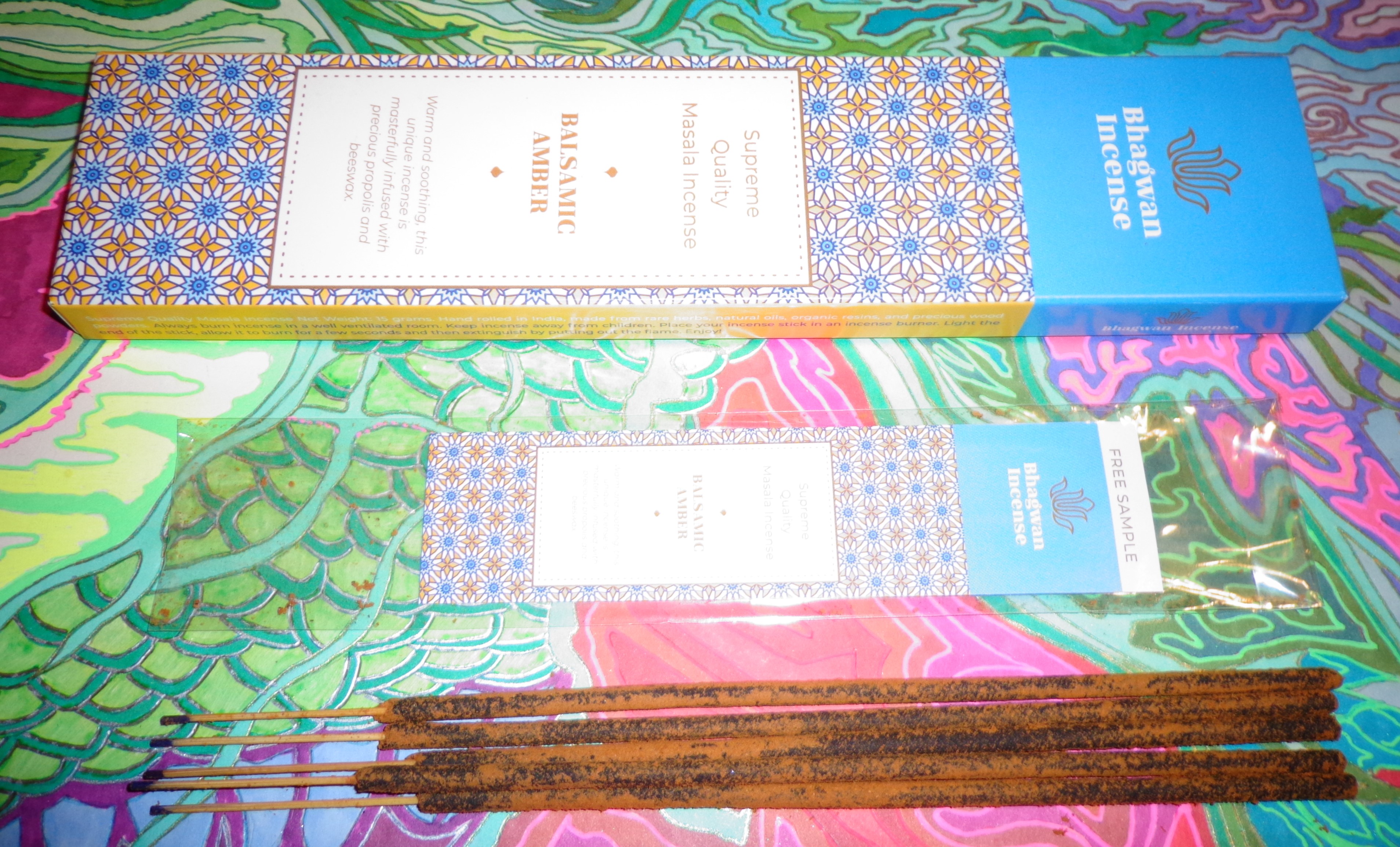 Balsamic Amber just absolutely impressed immediately, it’s an instant hall of famer. It’s interesting but when we talk about good incenses we can spend so much time in areas (usually the woods) where resources are precious and rewards only given to the expensive, so Balsamic Amber reminds me that you can still create something excellent without having to go there. First of all it’s super rich with a lot of breadth, second it’s not hard at all to get the really wonderful balsamic quality and how it helps get an almost honeycomb-like amber in the center. Honey-like undoubtedly due to the inclusion of propolis and beeswax in the aroma. It’s wonderfully topped off with this expansive foresty vibe and a lot of cinnamon spiciness. I will admit that something like this is naturally in my wheelhouse but I am not sure I’ve ever smelled an Indian incense that does this so well. It’s one of those invigorating incenses that is perfect for a colder morning. I hope Bhagwan are able to keep this stocked a long as possible, it’s an absolute must.
Balsamic Amber just absolutely impressed immediately, it’s an instant hall of famer. It’s interesting but when we talk about good incenses we can spend so much time in areas (usually the woods) where resources are precious and rewards only given to the expensive, so Balsamic Amber reminds me that you can still create something excellent without having to go there. First of all it’s super rich with a lot of breadth, second it’s not hard at all to get the really wonderful balsamic quality and how it helps get an almost honeycomb-like amber in the center. Honey-like undoubtedly due to the inclusion of propolis and beeswax in the aroma. It’s wonderfully topped off with this expansive foresty vibe and a lot of cinnamon spiciness. I will admit that something like this is naturally in my wheelhouse but I am not sure I’ve ever smelled an Indian incense that does this so well. It’s one of those invigorating incenses that is perfect for a colder morning. I hope Bhagwan are able to keep this stocked a long as possible, it’s an absolute must.
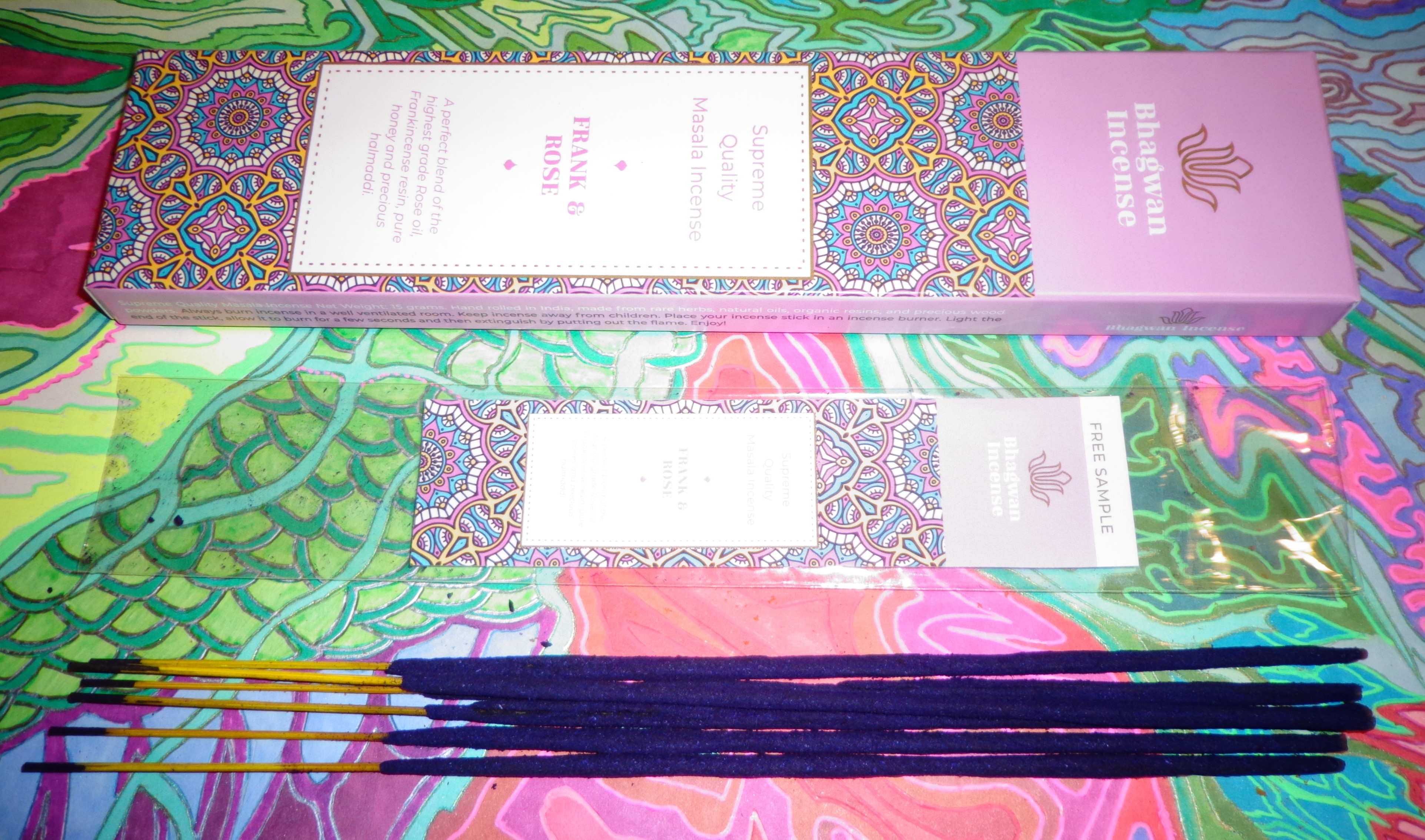 I was expecting Frank & Rose to probably be Madhavadas but I’m not sure I’ve ever seen that family do a purple color masala like this one and it definitely has a scent range I haven’t experienced before. And not only that, the squishiness of the stick shows it’s halmaddi based, although I would say it’s not champa-like in any way. I’m on record in several places on ORS about being usually nonplussed by Indian frankincense sticks and in probably even more places about my feelings on a wide variety of rose incenses, but this marriage feels fairly unique to me. While I have not tried a pure Bhagwan frankincense, the Rose I was sent (and will review in a later installment) was incredibly well done and it’s hard to tell if that’s what is in this. The incense is really about the collision between the two, and it is an interesting one because it seems fairly dynamic where you can get the individualities of both while mostly experiencing them interact together. I think that’s a really fine trick in a “two ingredient” incense, where it seems like the relative strengths of both vary during the burn. In fact because I wasn’t sure how this would work, I spent a bit of time with this one. The honey in the mix actually reminds me of what might happen if the Holy Smoke line went for more premium perfume oils. Strangely the way the middle meets is something almost like a confection, with some caramel or even fruit in the mix which shows that the base is as much of a player as the two ingredients listed. Its a long burner as well, and my experience was I liked this more and more with every stick.
I was expecting Frank & Rose to probably be Madhavadas but I’m not sure I’ve ever seen that family do a purple color masala like this one and it definitely has a scent range I haven’t experienced before. And not only that, the squishiness of the stick shows it’s halmaddi based, although I would say it’s not champa-like in any way. I’m on record in several places on ORS about being usually nonplussed by Indian frankincense sticks and in probably even more places about my feelings on a wide variety of rose incenses, but this marriage feels fairly unique to me. While I have not tried a pure Bhagwan frankincense, the Rose I was sent (and will review in a later installment) was incredibly well done and it’s hard to tell if that’s what is in this. The incense is really about the collision between the two, and it is an interesting one because it seems fairly dynamic where you can get the individualities of both while mostly experiencing them interact together. I think that’s a really fine trick in a “two ingredient” incense, where it seems like the relative strengths of both vary during the burn. In fact because I wasn’t sure how this would work, I spent a bit of time with this one. The honey in the mix actually reminds me of what might happen if the Holy Smoke line went for more premium perfume oils. Strangely the way the middle meets is something almost like a confection, with some caramel or even fruit in the mix which shows that the base is as much of a player as the two ingredients listed. Its a long burner as well, and my experience was I liked this more and more with every stick.
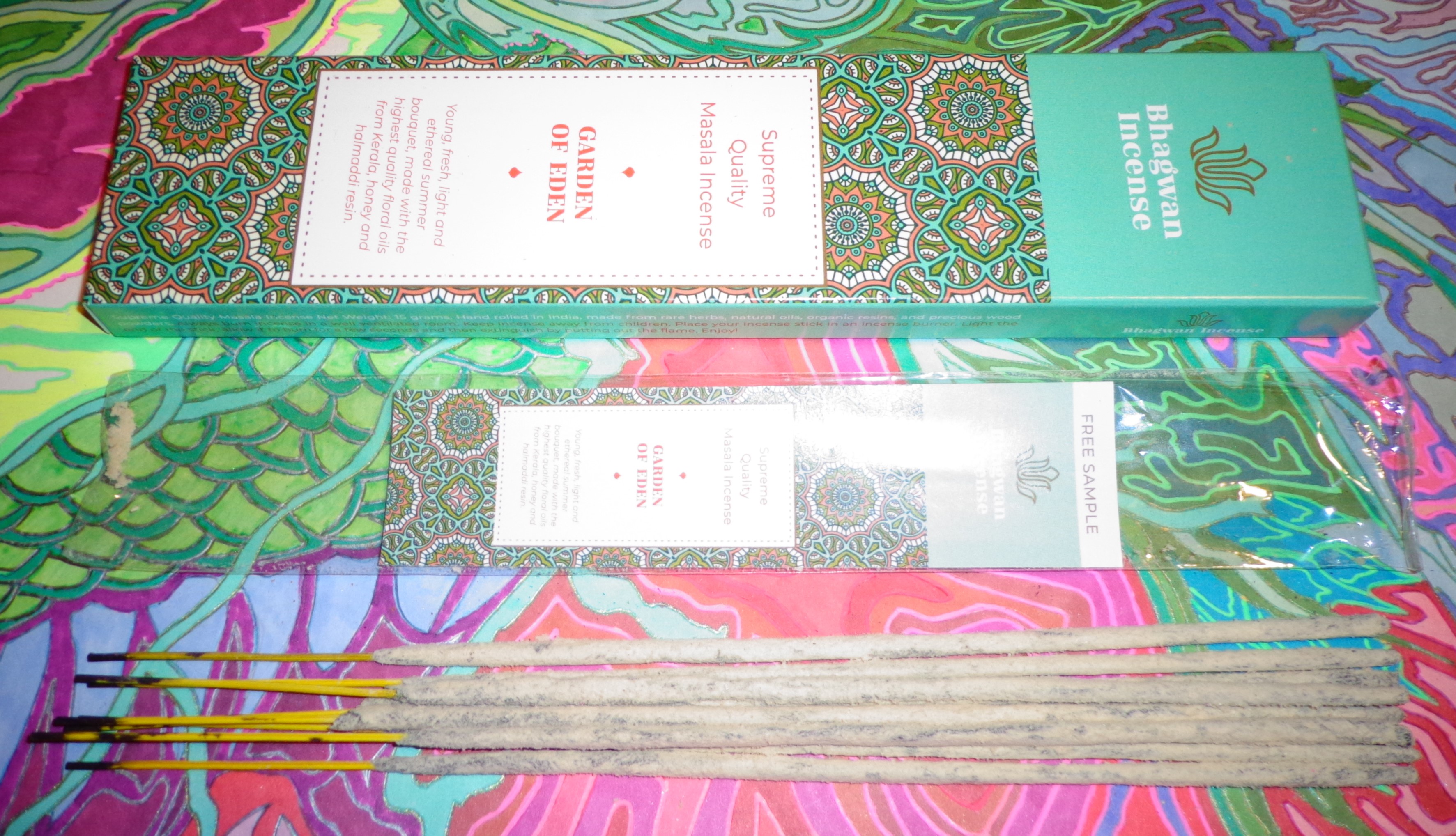 Of the five incenses here, I’m not completely sure of the provenance of each, but Garden of Eden strikes me as at least similar to some of the Meena line. Bhagwan repackages Meena Supreme as well and while I’ve come across bootlegs before that don’t quite smell right, not only is their Supreme authentic, it seems to stay fresher in this packaging than it does in the original cardboard box which is a really nice touch. I recently reviewed a few different Meena incenses but don’t immediately notice a match up with Garden of Eden, except to say that it still feels like it has that similar note that ties many of their incenses together while perhaps being even more friendly. Bhagwan describes this as “Young, fresh, light and ethereal summer bouquet, made with the highest quality floral oils from Kerala, honey and halmaddi resin” and it’s hard to disagree with that assessment as it really is a pleasantly light, almost mild incense that you’re not as likely to have tried before. It doesn’t feel all that oil saturated, so either it’s a gentle mix or there’s a bit of wood or something in the middle. There’s also this fleeting quality that reminds me of aromatic ice cream as well, which I’ve never smelled in anything before. Garden of Eden should scratch that something different itch, especially as no other incenses in the line other than the Supreme itself are similar to this one. A really nice find.
Of the five incenses here, I’m not completely sure of the provenance of each, but Garden of Eden strikes me as at least similar to some of the Meena line. Bhagwan repackages Meena Supreme as well and while I’ve come across bootlegs before that don’t quite smell right, not only is their Supreme authentic, it seems to stay fresher in this packaging than it does in the original cardboard box which is a really nice touch. I recently reviewed a few different Meena incenses but don’t immediately notice a match up with Garden of Eden, except to say that it still feels like it has that similar note that ties many of their incenses together while perhaps being even more friendly. Bhagwan describes this as “Young, fresh, light and ethereal summer bouquet, made with the highest quality floral oils from Kerala, honey and halmaddi resin” and it’s hard to disagree with that assessment as it really is a pleasantly light, almost mild incense that you’re not as likely to have tried before. It doesn’t feel all that oil saturated, so either it’s a gentle mix or there’s a bit of wood or something in the middle. There’s also this fleeting quality that reminds me of aromatic ice cream as well, which I’ve never smelled in anything before. Garden of Eden should scratch that something different itch, especially as no other incenses in the line other than the Supreme itself are similar to this one. A really nice find.
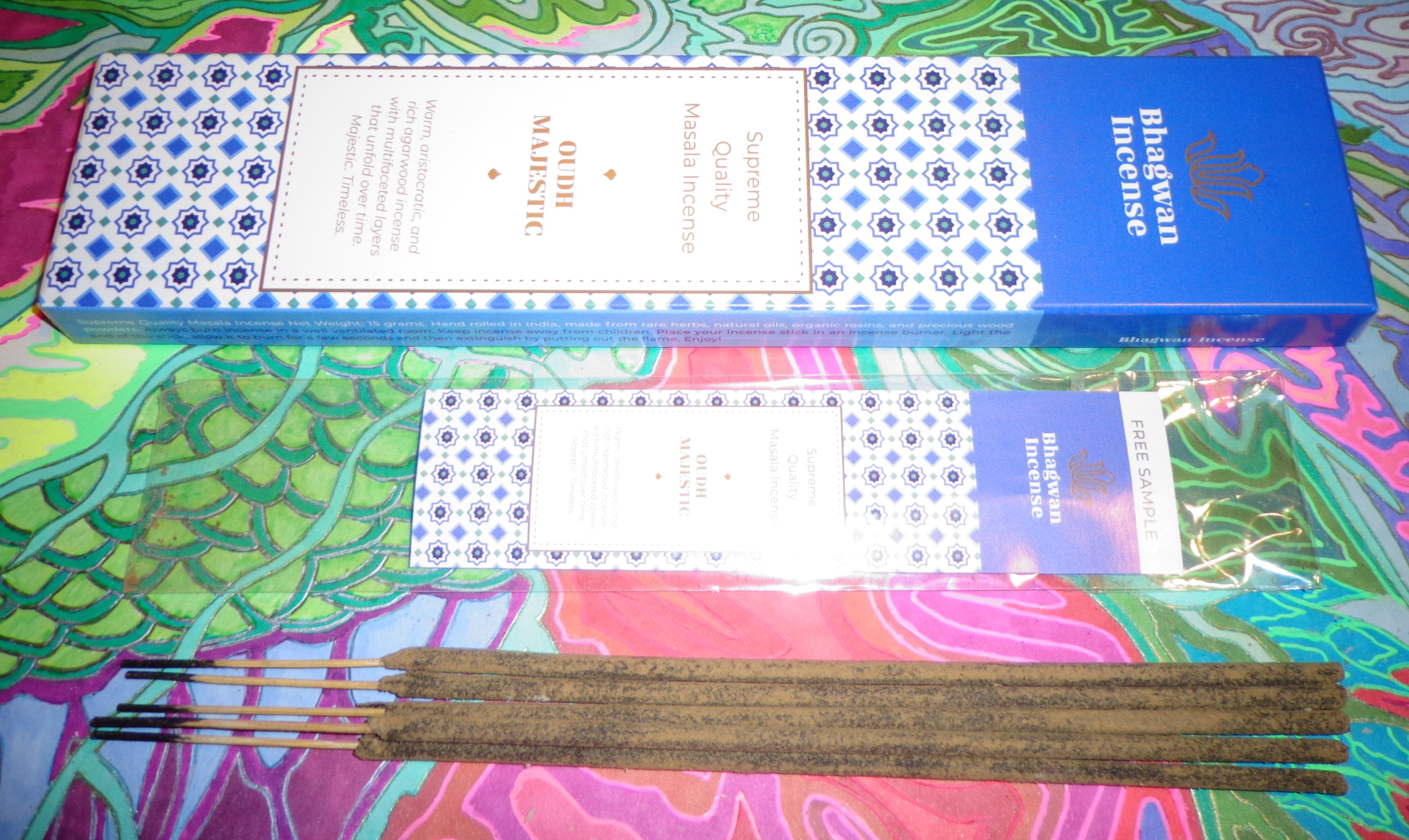 It’s been a long time since there was a real contender to the Oud Masala from the Happy Hari family, that nearly perfect blend of masala base and at least an approximation of a decent oud to complement it. There are also a number of charcoal based ouds out there that one might not be able to pick out a specific aroma in a line up. Pure Incense have provided a wide and almost dizzying array of oud and aloeswood incenses from Madhavadas and often the issue is less the top oils than the base. I’m not sure where Oudh Majestic came from but it’s a really good charcoal oudh and has an oil mix on top that seems constructed to display something a bit better than the usual oudh tinged colognes. Mind you we caution anyone expecting real oudh notes in an incense this inexpensive, but the glass half full side of this shows that occasionally there are some really good “will pass fors” out there. I’d guess this may have come from a tincture as it still has some hints of alcohol in it, but they do not overwhelm the excellent scent. If you’re happy with the incenses just named, for sure you want to try this gem. It particularly fared well compared to what seems to be a Madhavadas-sourced Saffron Oudh that seems to have lost its power to overwhelm its base. Perhaps I got the wrong sample here as the brown colored stick looks not a bit like the one in the store photo. But I know, as with Pure Incense, that Madhavadas have different ranks to them and this scent could just be a lower rank where the oil isn’t applied as liberally. The issue with the incenses like this is that with casual use the scent really becomes the base.
It’s been a long time since there was a real contender to the Oud Masala from the Happy Hari family, that nearly perfect blend of masala base and at least an approximation of a decent oud to complement it. There are also a number of charcoal based ouds out there that one might not be able to pick out a specific aroma in a line up. Pure Incense have provided a wide and almost dizzying array of oud and aloeswood incenses from Madhavadas and often the issue is less the top oils than the base. I’m not sure where Oudh Majestic came from but it’s a really good charcoal oudh and has an oil mix on top that seems constructed to display something a bit better than the usual oudh tinged colognes. Mind you we caution anyone expecting real oudh notes in an incense this inexpensive, but the glass half full side of this shows that occasionally there are some really good “will pass fors” out there. I’d guess this may have come from a tincture as it still has some hints of alcohol in it, but they do not overwhelm the excellent scent. If you’re happy with the incenses just named, for sure you want to try this gem. It particularly fared well compared to what seems to be a Madhavadas-sourced Saffron Oudh that seems to have lost its power to overwhelm its base. Perhaps I got the wrong sample here as the brown colored stick looks not a bit like the one in the store photo. But I know, as with Pure Incense, that Madhavadas have different ranks to them and this scent could just be a lower rank where the oil isn’t applied as liberally. The issue with the incenses like this is that with casual use the scent really becomes the base.
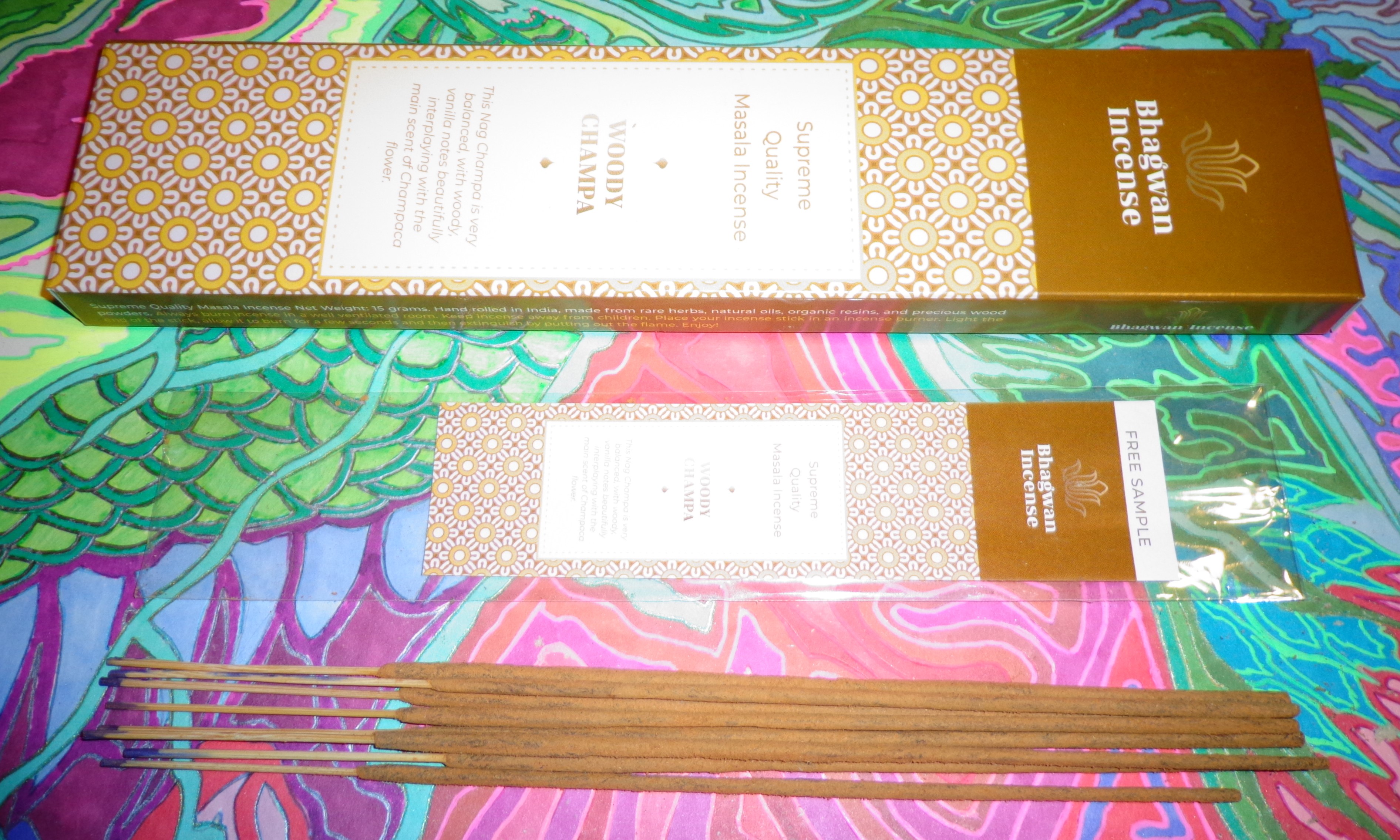 Finally, in this group, is the somewhat humble Woody Champa, an incense that actually reminds me a bit of the Blue Pearl champa range both old and new. This isn’t as halmaddi squishy as, say, the Frank & Rose is, but you can definitely smell it on the stick. It does have a bit of a foresty vibe slightly reminiscent of the Balsamic Amber, and certainly the vanilla in the description is detectable, but ultimately the central champaca floral doesn’t get lost in its mildness. As someone who finds the Gold Nag Champa and variations a little bitter in places, I welcome a champa that is missing this element. Like the Garden of Eden this is a mild but pleasant and pretty incense, and one wonders if there are other champas from this exporter.
Finally, in this group, is the somewhat humble Woody Champa, an incense that actually reminds me a bit of the Blue Pearl champa range both old and new. This isn’t as halmaddi squishy as, say, the Frank & Rose is, but you can definitely smell it on the stick. It does have a bit of a foresty vibe slightly reminiscent of the Balsamic Amber, and certainly the vanilla in the description is detectable, but ultimately the central champaca floral doesn’t get lost in its mildness. As someone who finds the Gold Nag Champa and variations a little bitter in places, I welcome a champa that is missing this element. Like the Garden of Eden this is a mild but pleasant and pretty incense, and one wonders if there are other champas from this exporter.
More to come in the Bhagwan line, but I wanted to start with a few highlights. Keep in mind this is a new and growing, multi-sourced line and as I’ve mentioned, there is some overlap but for now I am hoping any controversy can be avoided in the comments section. These five are at least brand new to my nose and very good and I can wholeheartedly recommend them all.
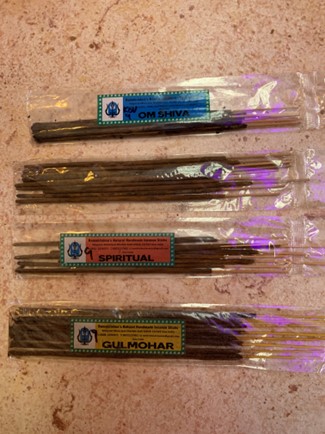 This is our second installment of reviews of Ramakrishna’s Handmade Incense vendor from Goa. (Link to first review) (Note that we tried to include links to Exotic Incense in the US, if an incense is not linked, please use the first link. These reviews are of sticks purchased directly from Goa.)
This is our second installment of reviews of Ramakrishna’s Handmade Incense vendor from Goa. (Link to first review) (Note that we tried to include links to Exotic Incense in the US, if an incense is not linked, please use the first link. These reviews are of sticks purchased directly from Goa.)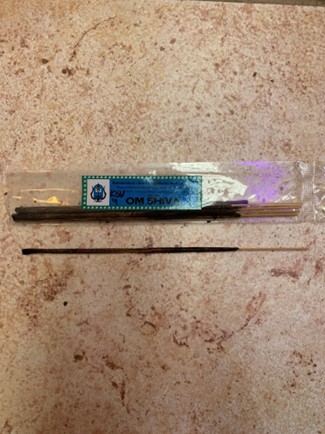 Om Shiva
Om Shiva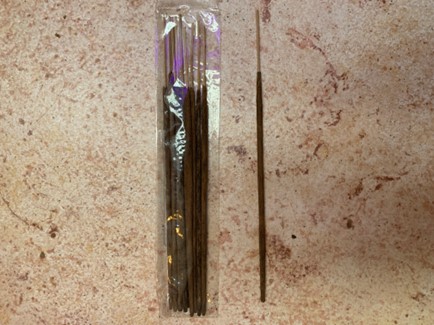 Khus (Missing package label)
Khus (Missing package label)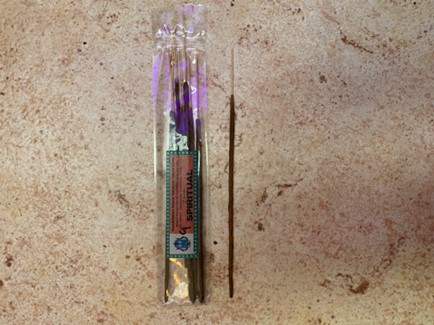 Spiritual
Spiritual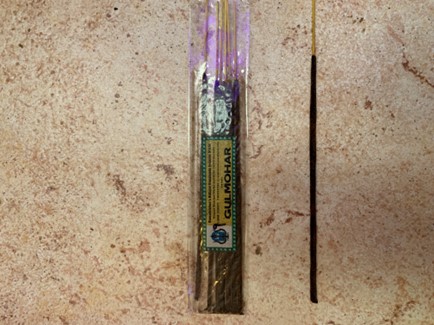
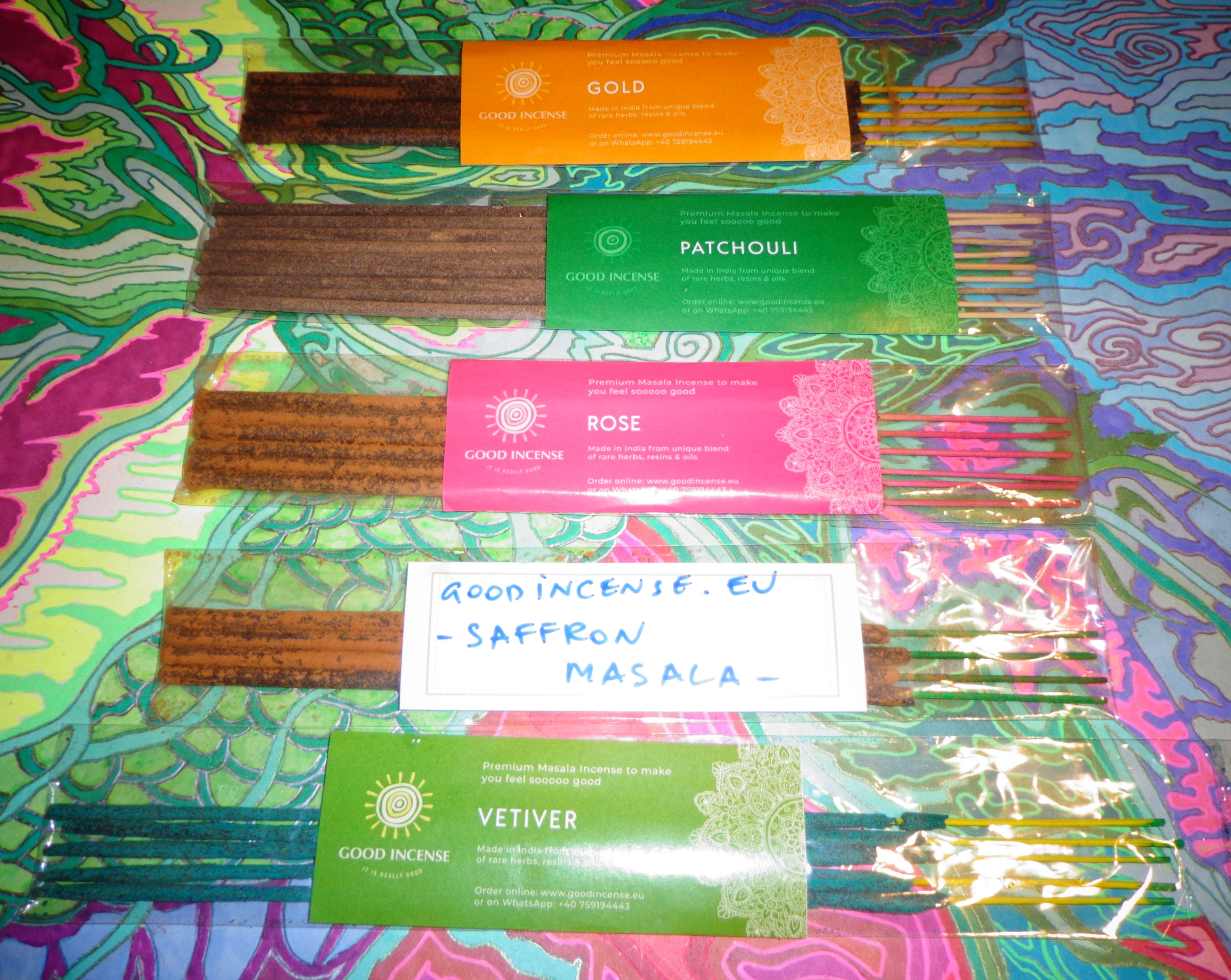 I hadn’t put it together right away in my head, but
I hadn’t put it together right away in my head, but 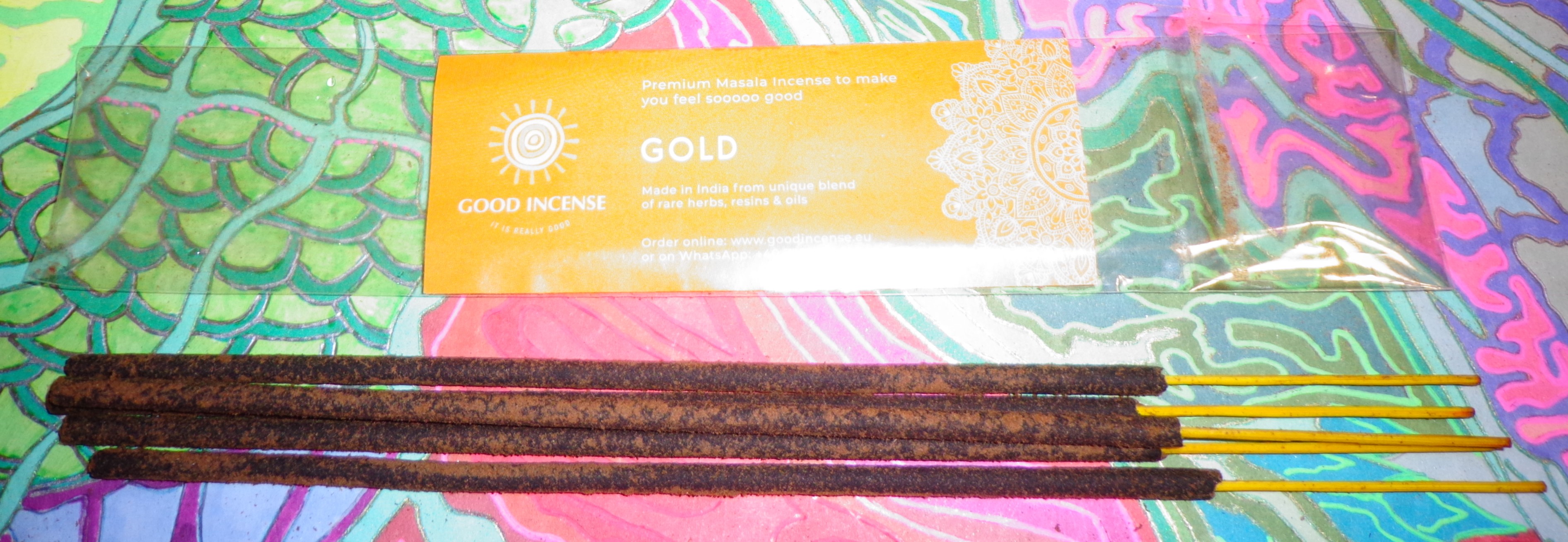 The first of these we’ll discuss is the
The first of these we’ll discuss is the 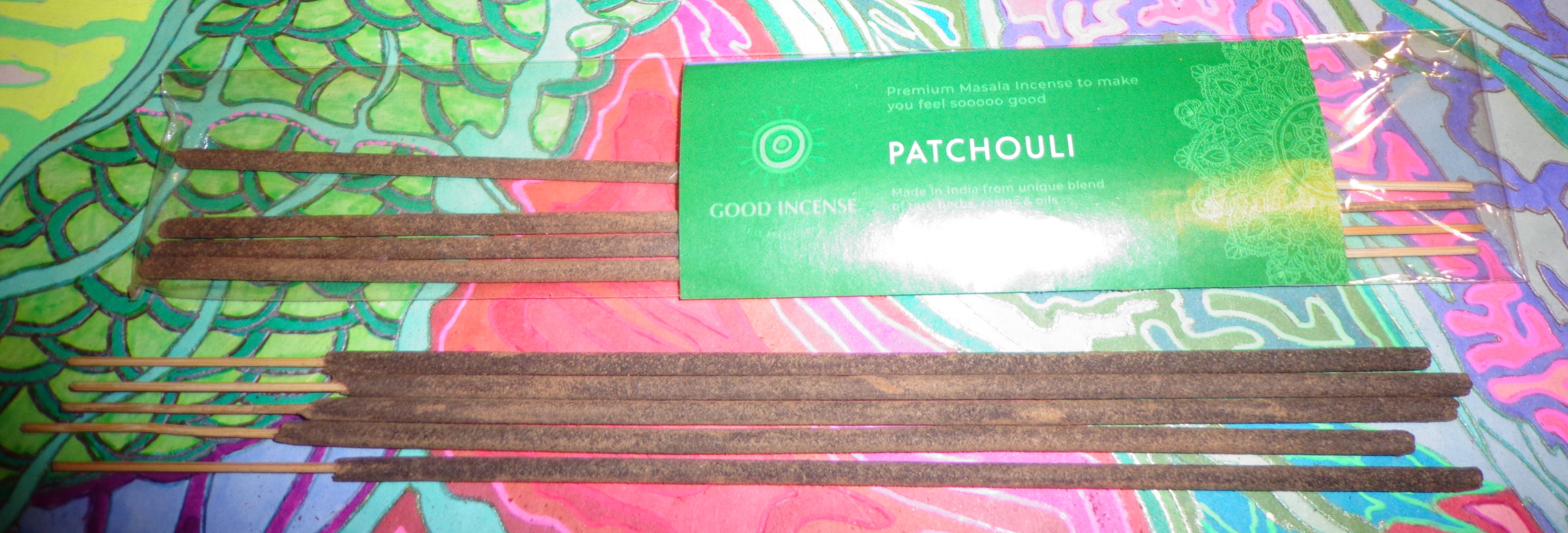 The Good Incense
The Good Incense 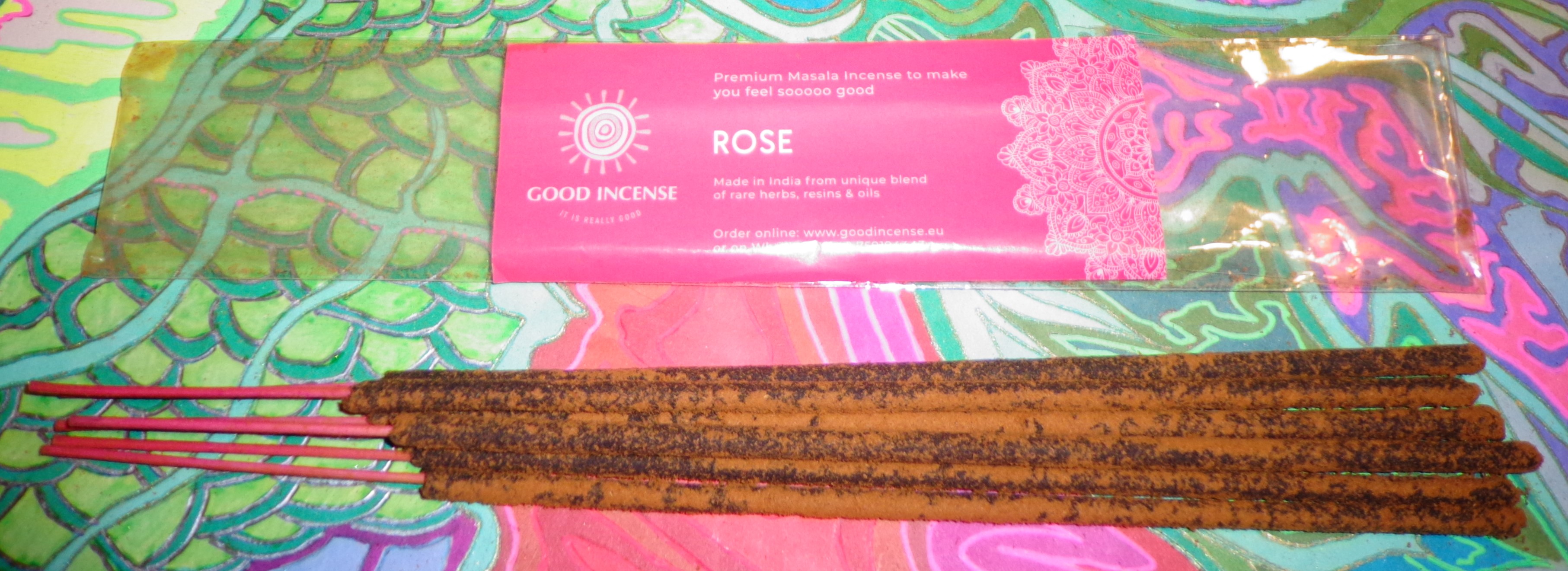 I’ve probably walked out my story about walking through Sacramento’s Capitol Rose Garden a dozen times by now, and I do because it sets a sort of basis for how I perceive rose. And I don’t mean something like a deep Bulgarian rose absolute or something more expensive and premium, I just mean that it’s a measure for getting what a bunch of roses smell like walking between them. I bring this up because the Good Incense
I’ve probably walked out my story about walking through Sacramento’s Capitol Rose Garden a dozen times by now, and I do because it sets a sort of basis for how I perceive rose. And I don’t mean something like a deep Bulgarian rose absolute or something more expensive and premium, I just mean that it’s a measure for getting what a bunch of roses smell like walking between them. I bring this up because the Good Incense 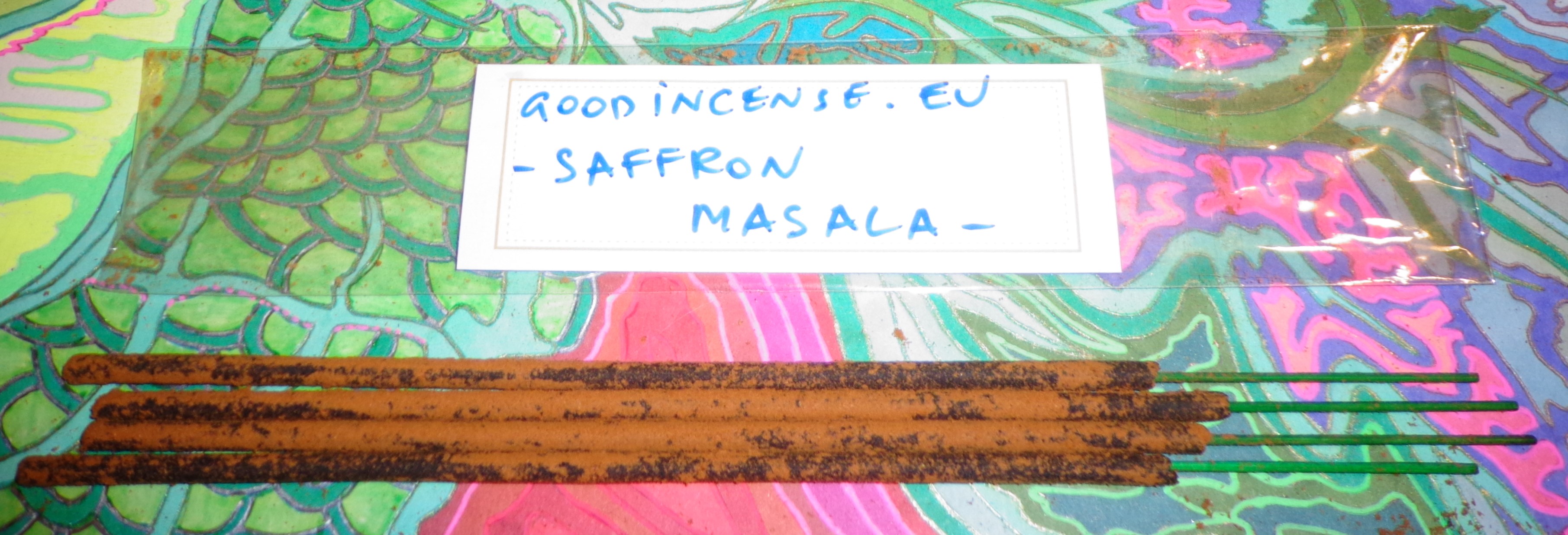 And to add to that lineage is a very nice
And to add to that lineage is a very nice 
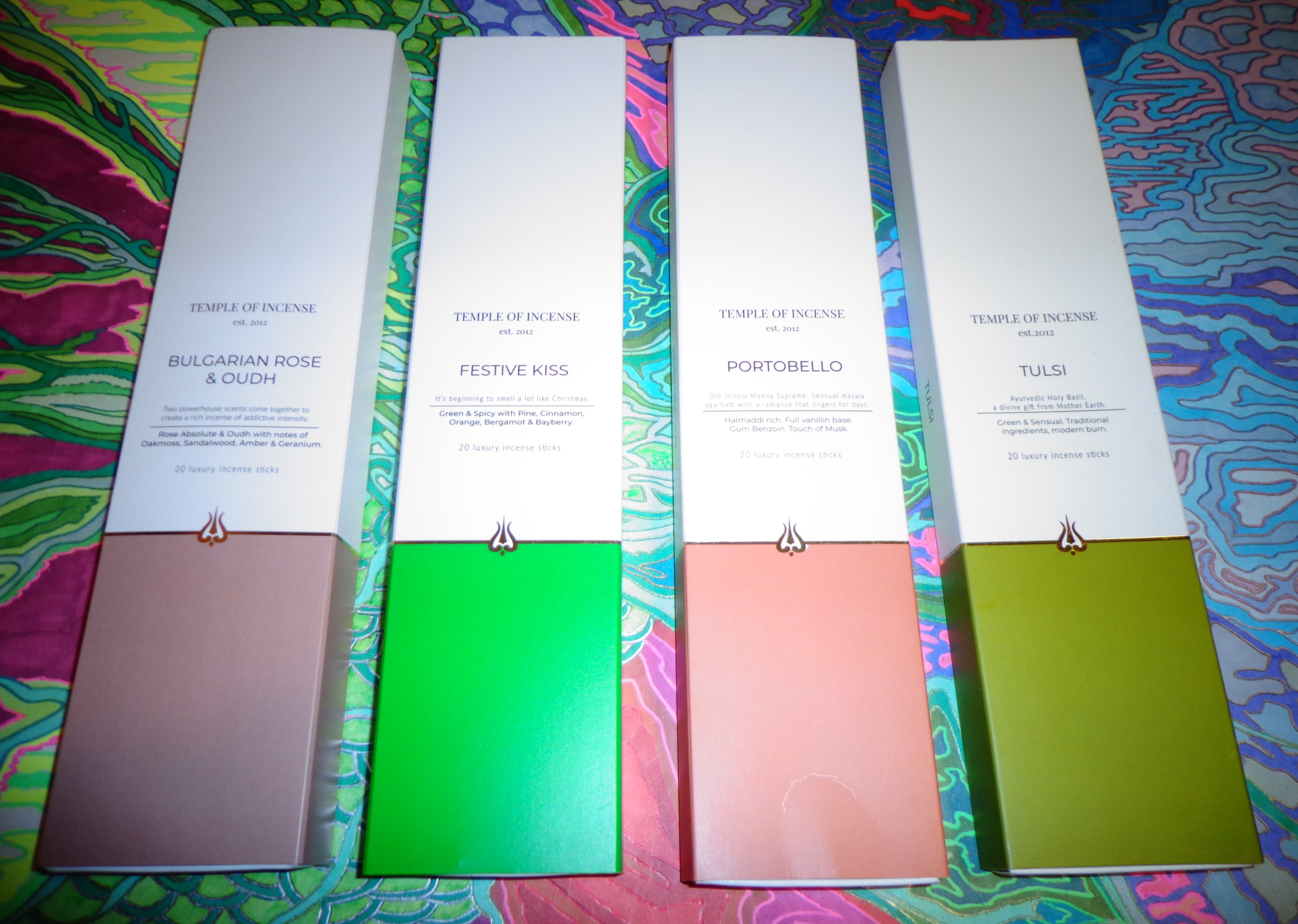 Please note that if you are new to ORS, we have done a wide-ranging number of reviews on the absolutely fabulous Temple of Incense line, all of which can be found by either clicking on the Temple of Incense link under Incense>India or checking out
Please note that if you are new to ORS, we have done a wide-ranging number of reviews on the absolutely fabulous Temple of Incense line, all of which can be found by either clicking on the Temple of Incense link under Incense>India or checking out 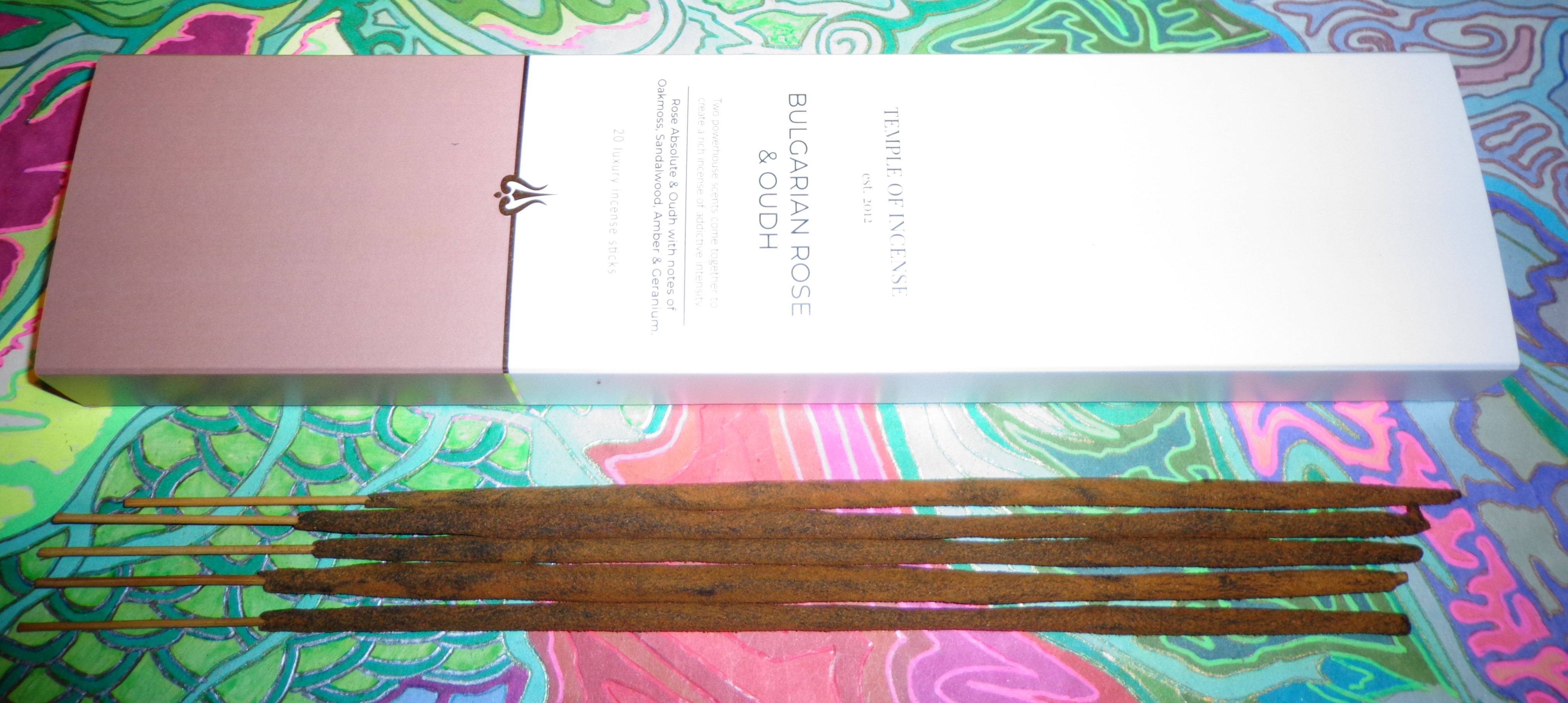 The Aydees announced their new
The Aydees announced their new 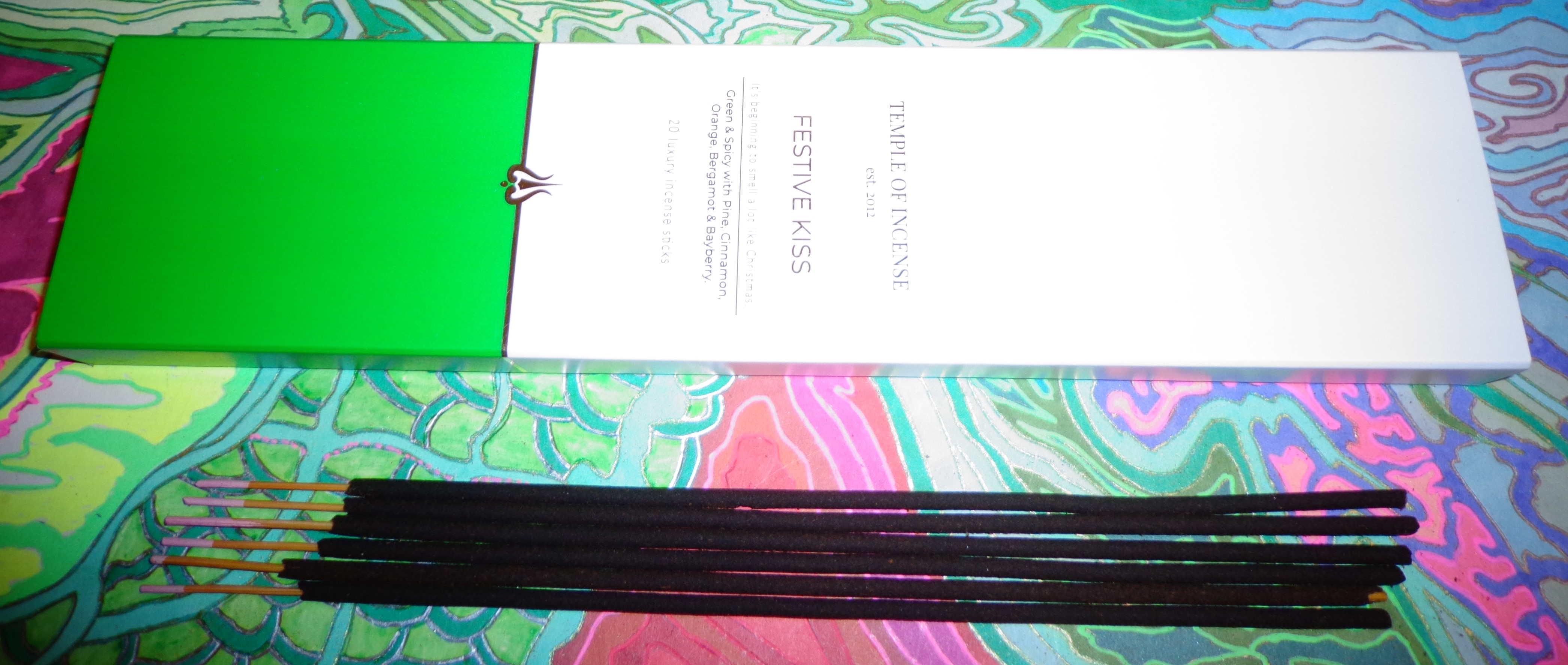
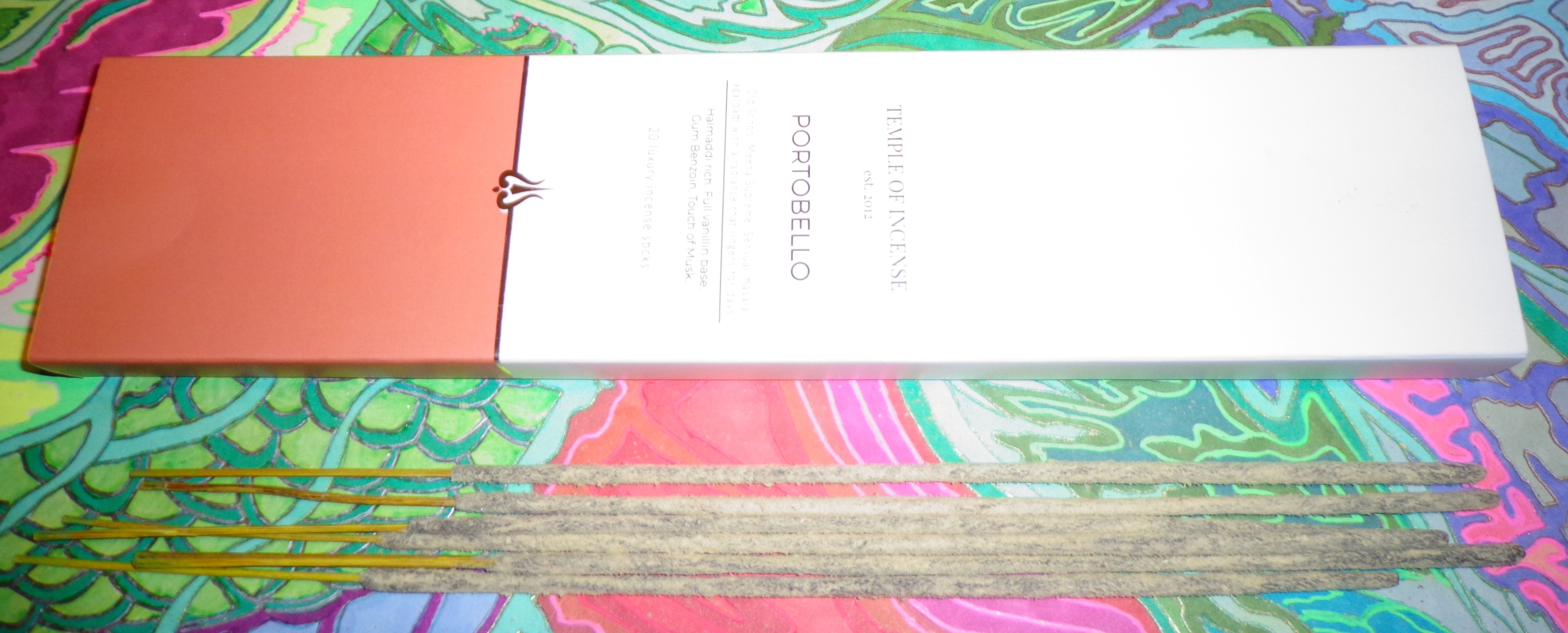
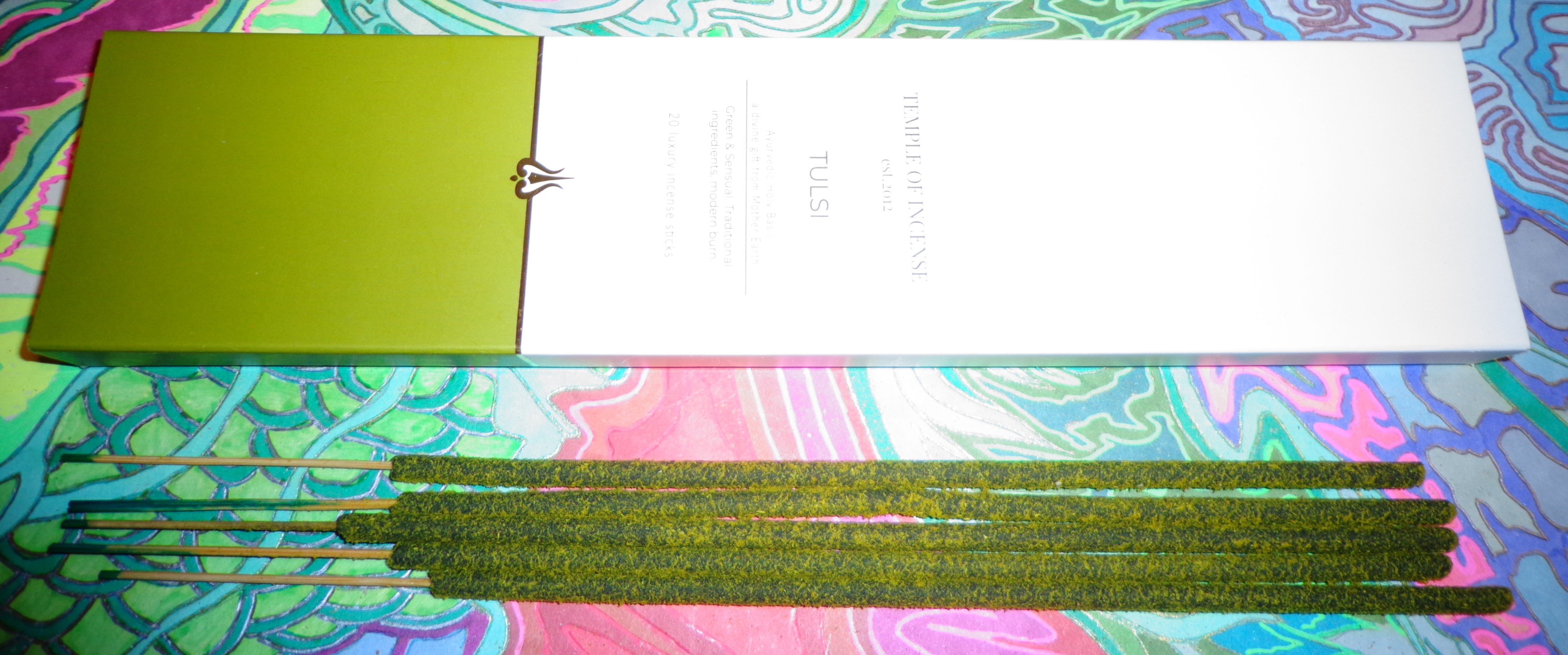 I nearly went to publication with the above three, but the arrival of a couple sticks of
I nearly went to publication with the above three, but the arrival of a couple sticks of 

 I was expecting
I was expecting  Of the five incenses here, I’m not completely sure of the provenance of each, but
Of the five incenses here, I’m not completely sure of the provenance of each, but  It’s been a long time since there was a real contender to the Oud Masala from the Happy Hari family, that nearly perfect blend of masala base and at least an approximation of a decent oud to complement it. There are also a number of charcoal based ouds out there that one might not be able to pick out a specific aroma in a line up. Pure Incense have provided a wide and almost dizzying array of oud and aloeswood incenses from Madhavadas and often the issue is less the top oils than the base. I’m not sure where
It’s been a long time since there was a real contender to the Oud Masala from the Happy Hari family, that nearly perfect blend of masala base and at least an approximation of a decent oud to complement it. There are also a number of charcoal based ouds out there that one might not be able to pick out a specific aroma in a line up. Pure Incense have provided a wide and almost dizzying array of oud and aloeswood incenses from Madhavadas and often the issue is less the top oils than the base. I’m not sure where  Finally, in this group, is the somewhat humble
Finally, in this group, is the somewhat humble  Temple of Incense have such a large line of incenses that it feels like they come from different manufacturers in India or at least there are large variations in recipes. We’ve noted several occurrences where there is overlap with the manufacturers of Happy Hari incenses and yet Purple Rain and the Rose Absolute strike me more like Madhavadas family incenses. This provides for a great amount of variety, although from a reviewing perspective, especially after recent reviews on the Designs by Deekay and Happy Hari lines, it is easier to see that the tradition of western companies arranging for incense manufacturing from India and putting their own branding on it can end up being somewhat blurry. A lot of what we learn tends to be from analyzing various incenses that seem the same from brand to brand. We will note similarities in recipes, but may not always have the objective stance to do anything other than guess what lineage an incense comes from.
Temple of Incense have such a large line of incenses that it feels like they come from different manufacturers in India or at least there are large variations in recipes. We’ve noted several occurrences where there is overlap with the manufacturers of Happy Hari incenses and yet Purple Rain and the Rose Absolute strike me more like Madhavadas family incenses. This provides for a great amount of variety, although from a reviewing perspective, especially after recent reviews on the Designs by Deekay and Happy Hari lines, it is easier to see that the tradition of western companies arranging for incense manufacturing from India and putting their own branding on it can end up being somewhat blurry. A lot of what we learn tends to be from analyzing various incenses that seem the same from brand to brand. We will note similarities in recipes, but may not always have the objective stance to do anything other than guess what lineage an incense comes from. Madhavadas family incenses often tend to be dry masalas with a very similar base so whether you’re buying Primo or Pure Incense (or maybe Triloka or Ganesha etc), you will start to become quickly familiar with it. The issue with this base is it can be fatiguing in large quantities because it imparts such a similar scent to all of their incenses that they often smell similar even when the note changes. On the other hand this becomes less of an issue when the perfumes are finer. In a line like Temple of Incense, Madhavadas-style masalas are a bit more infrequent but they do occasionally pop up. With an ingredient listing of champa flower and blue lotus,
Madhavadas family incenses often tend to be dry masalas with a very similar base so whether you’re buying Primo or Pure Incense (or maybe Triloka or Ganesha etc), you will start to become quickly familiar with it. The issue with this base is it can be fatiguing in large quantities because it imparts such a similar scent to all of their incenses that they often smell similar even when the note changes. On the other hand this becomes less of an issue when the perfumes are finer. In a line like Temple of Incense, Madhavadas-style masalas are a bit more infrequent but they do occasionally pop up. With an ingredient listing of champa flower and blue lotus, 
 And now we get back to the incense I spoke of in our first installment, the great
And now we get back to the incense I spoke of in our first installment, the great  Finally we get to the third of TOI’s thick baton style wonders, the stupendously purple floral
Finally we get to the third of TOI’s thick baton style wonders, the stupendously purple floral  I began writing this the day after I received my third order from the wonderful Temple of Incense folks across a country and an ocean and am posting a little after my fourth. As you go into the line you realize just how large the scope is. If you have been into Indian incense for a while then a journey through their catalog is like discovering new friends but also rediscovering old ones. I find as much pleasure out of this feeling that wow I have not smelled this scent in something like 25 years as I do coming across something surprisingly fresh and new. This is one thing you discover fairly fast with ToI and that’s this sort of modern approach from a traditional foundation feel. Even when the line goes into fruity incenses or perfumed incenses there’s still this feeling that nothing is synthetic or off, which often allows you to sort of reappraise some modern variations. I’m still sort of mindboggled they’ve managed a line that is well over 50 incenses now. We also continue to to be aware that Temple of Incense and the Happy Hari and associates have a lot of shared scents and will point those out whenever possible, but this gives people options in the US and UK. So onto batch four…
I began writing this the day after I received my third order from the wonderful Temple of Incense folks across a country and an ocean and am posting a little after my fourth. As you go into the line you realize just how large the scope is. If you have been into Indian incense for a while then a journey through their catalog is like discovering new friends but also rediscovering old ones. I find as much pleasure out of this feeling that wow I have not smelled this scent in something like 25 years as I do coming across something surprisingly fresh and new. This is one thing you discover fairly fast with ToI and that’s this sort of modern approach from a traditional foundation feel. Even when the line goes into fruity incenses or perfumed incenses there’s still this feeling that nothing is synthetic or off, which often allows you to sort of reappraise some modern variations. I’m still sort of mindboggled they’ve managed a line that is well over 50 incenses now. We also continue to to be aware that Temple of Incense and the Happy Hari and associates have a lot of shared scents and will point those out whenever possible, but this gives people options in the US and UK. So onto batch four…
 In a lot of Indian incense reviews I’ll be able to go hey this one smells like Satya Natural or Honey Dust, or this one reminds me of Mystic Temple. It’s this sort of personal history of having known the masala style through numerous variations sold by all sorts of companies and recognizing similarities in not only recipes but often the dyed end of a bamboo stick that helps to solidify that connection. However, there are also times like with
In a lot of Indian incense reviews I’ll be able to go hey this one smells like Satya Natural or Honey Dust, or this one reminds me of Mystic Temple. It’s this sort of personal history of having known the masala style through numerous variations sold by all sorts of companies and recognizing similarities in not only recipes but often the dyed end of a bamboo stick that helps to solidify that connection. However, there are also times like with  I’ve mentioned before that some Temple of Incense scents have a very strong correlation with those in the Happy Hari Line and there’s no question their
I’ve mentioned before that some Temple of Incense scents have a very strong correlation with those in the Happy Hari Line and there’s no question their  And after two blazingly powerful incenses,
And after two blazingly powerful incenses,
You must be logged in to post a comment.